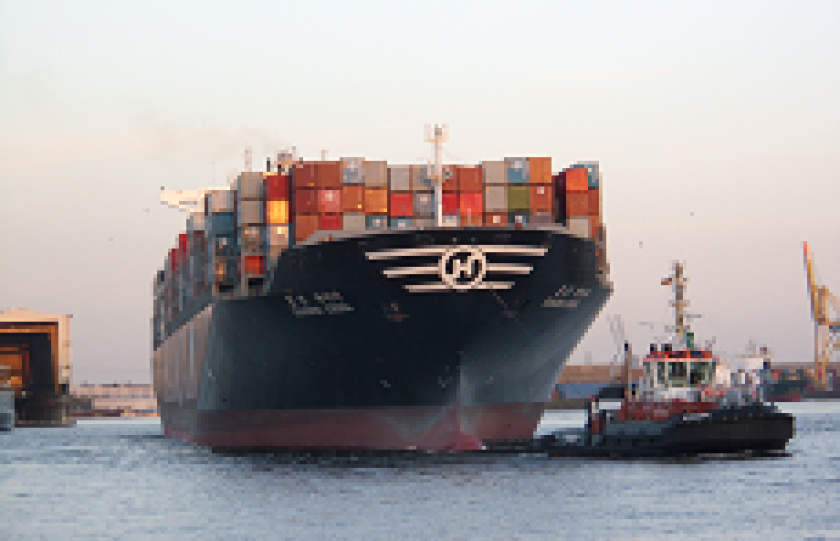When asked about how he would ensure a frictionless trade arrangement between Northern Ireland and the Republic of Ireland in the event of a Brexit deal that enforces a hard border, Hammond said that the “most obvious technology is blockchain”.
It’s a vague claim at best, and Hammond qualified it with the (unnecessary) admission that he is not an expert, but by blithely skimming over the numerous problems with the concept, he lends it an air of legitimacy that it has not earned.
It is important for a politician to have a healthy respect for innovation and the capacity of technology to provide unforeseen solutions to otherwise intractable problems, but it is just as important to recognise when somebody is talking desperate rubbish.
Hammond admitted at the Conservative Party conference in Birmingham that, if the UK is not in a trade bloc with the European Union, the World Trade Organisation rules require border checks.
This is a problem because free movement of goods across the Irish border was part of the Good Friday agreement, which brought peace to Northern Ireland.
To give Hammond’s idea a fair shake, let’s outline how it might work.
Blockchain, or distributed ledger technology, is a means of keeping an immutable record of transactions, wherein the accuracy is ensured cryptographically by the users, rather than by a central party.
Lots of people have experimented with blockchain supply chain tracking.
By keeping a record of where each shipment of widgets comes from and passes through, with a digitally verified identity, firms can design more efficient supply chains and have useful information recorded if something goes wrong on the way, rather than relying on paper bills of lading or multiple incompatible databases.
But relying on this information instead of a border is a huge step, and there is absolutely no indication that the World Trade Organization would consider it an acceptable substitute.
A cryptographically secure supply chain is a tricky thing to construct. You can’t just stick a QR code on the side of your shipping crate. That can be photographed and reproduced elsewhere.
Walmart has managed with some of its supply chains, but the requirements could be very different when you’re doing it for a border check, rather than for your company’s records.
But let’s imagine such a system is designed.
Now imagine everyone in the world involved in shipping goods that will have to cross that border: every supplier, every cargo transit company, every port operator, every shipping business, every importer… All of them have to have to be given access to, equipment for, and training in how to use this system. And anyone who doesn’t use the system can’t send goods into Ireland.
There might be some possibility that mutually interoperable systems might be developed, but as yet, there are none in place.
Even if we imagine all of this happens, it would likely still not be enough to replace a WTO compliant border, because it still works on the assumption that trade and customs are a mutually collaborative exercise.
Blockchains are about removing the need for trust. Using a blockchain network is supposed to give you the confidence to deal with people you don’t trust without relying on a third party for oversight.
That can work in a limited context.
For purely digital transactions taking place entirely within blockchain infrastructure, it’s pretty good. That means it could be used for tracking easily digitised assets like securities. That's why tokenised equity is catching on (although the question remains as to whether you need a trustless environment for such highly regulated industries, with a limited number of participants).
But when you get out into the real world, you run into problems with smuggling and lying. If you’re relying on people to enter data regarding a package’s safe transit, then it’s as secure as your trust in those people. Even a digitally verified identity doesn’t help if someone has nipped inside your crate, and eaten all of your bananas, removed all of your laptops, or replaced your dog food with cocaine.
Blockchain’s potential is not yet clear. It may still have a role to play in digitising supply chains and it may even, some day, become ubiquitous enough to remove the need for WTO border checks on goods.
That day, it is safe to assume, will not have arrived by March 29 2019.
